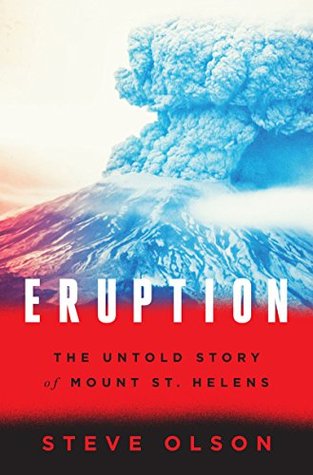More on this book
Community
Kindle Notes & Highlights
At today’s retail prices, the value of the wood products extracted from America’s forests would be about $2.5 trillion dollars. That’s at least five times the value of all the gold extracted from the United States since its founding.
At the time, the purchase was highly speculative. Railroad foresters had cruised some of the Northern Pacific timber to gauge its value, but the rest of it was bought sight unseen. Weyerhaeuser and his associates had no way to harvest or saw all that timber, and wildfires could at any time burn their investment to the ground.
But a ballpark figure, after correcting for inflation, is that Weyerhaeuser and his associates earned a return of more than $250 for every dollar they spent on Jim Hill’s land in 1900.
They found that the town of Toutle was built on an ancient mudflow generated by the volcano.
Over the past millennium, the mountain had erupted about once every hundred years, Mullineaux and Crandell wrote. The last eruption was in 1857
Also, the sound traveled upward more than outward. High in the atmosphere, the sound of the initial blast encountered temperature inversions that reflected and compressed the sound waves. Many hundreds of miles away—as far as Edmonton, Alberta; Butte, Montana; and Redding, California—people heard loud noises, like sonic booms or rifle shots.
Initially it rose to more than 60,000 feet—twice the altitude of a commercial airliner. Then it caught in the westerlies that blow over North America and began to drift east. Over the next two weeks, the ash cloud would travel all the way around the world.
Since the eruption, Mount St. Helens’s victims have been blamed many times for their own deaths. Even in the Pacific Northwest, most people still think that the victims were there illegally, that they went around roadblocks or otherwise broke the law to get where they were. That belief is the product of a carefully fabricated lie. Dixy Lee Ray and other public officials were unwilling to take any blame for the disaster. They stuck steadfastly to the story that the victims had been warned and shouldn’t have been where they were.
In fact, the only person who broke the law was the one person who emerged from the disaster with his reputation relatively enhanced: Harry Truman.
In August a final bill emerged calling for a monument of 110,000 acres. The House approved the bill by a vote of 393 to 8. The Senate passed the bill without dissent.
As George Weyerhaeuser had foreseen before the eruption of Mount St. Helens, the 1980s marked the end of large-scale old-growth logging in Washington State.
If the dome keeps periodically expanding at the rate it has been since 1980—and if it does not blow itself to pieces again in another eruption—Mount St. Helens could regain its pre-1980 profile in a century or two.
One surprising observation was how quickly and extravagantly life returned to the mountain—and how much the process was dependent on chance. In part, the recovery was shaped by the timing of the eruption. Because much of the high country was still covered by snow when the volcano erupted, pocket gophers, deer mice, shrews, voles, and other small mammals were still in their burrows, and some of them survived the eruption. Eating buried roots and bulbs, they mixed underlying soil with the sterile ash, which enabled seeds to take root. Frogs, newts, salamanders, and other amphibians survived in
...more
recovery expanded from thousands of focal points within the blast zone. A plant or animal would establish a beachhead inside the devastated areas.
An especially important plant in the early stages of recovery was Lupinus lepidus, prairie lupine, a purple- and blue-flowered legume that took root even on the Pumice Plain. Lupine plants have nodules in their roots that contain nitrogen-fixing bacteria, so they do not have to draw nitrogen from the soil and can grow almost anywhere. Soon vast fields of purple flowers appeared on the blasted plains and hillsides. The individual lupine plants around Mount St. Helens generally died within a few years, after which they provided organic material for other plants.
The succession of species around the mountain did not follow a single path. Rather, it diverged from one place to another, and these local differences have been persistent.
The habitats that have recovered fastest are those that were left in disarray.
Today the area surrounding Mount St. Helens has much more biological diversity than it did before the eruption. For that reason, ecologists prefer to call the reestablishment of life around the volcano a renewal rather than a recovery.


